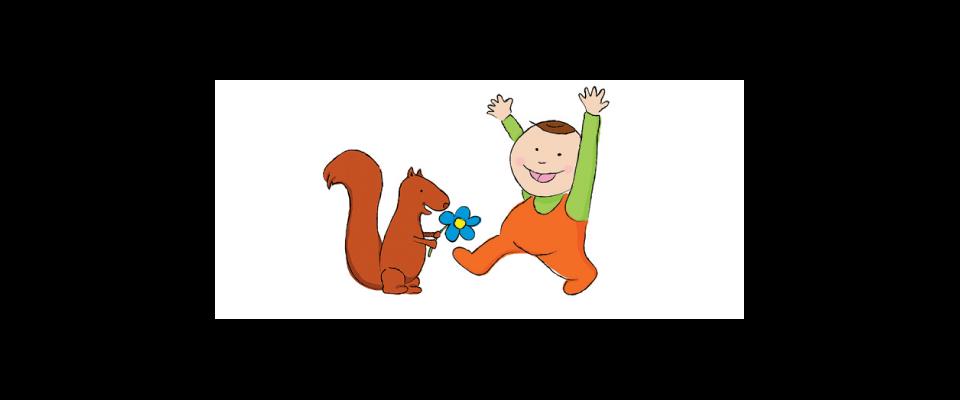When a toddler walks over to another tot, grabs their Thomas the Tank Engine caboose and makes off with it, the thief is not simply being spiteful. The toddler has reason to believe, based on surprisingly sophisticated decision-making processes, that the caboose is fun to play with.
Far from being little tyrants acting on base instinct—as so many exhausted parents might characterize their toddlers—children aged 18 months and older use social cues to discern fun toys from boring ones and potential friends from children with whom they have nothing in common, according to new Berkeley research. "As long as one person deems something interesting, they will be interested," says assistant professor of psychology Lori Markson, director of the Child Cognition Lab. "There is social impact."
Lab experiments found that toddlers prefer to play with objects that have been judged worthy by others, whether or not the child knows the person who likes the objects. What’s even more striking is that children will make predictions about whether they will like a new, unfamiliar object based on the reaction of someone with whom they know they share likes and dislikes. For example, if Carlos likes ice cream and playing with wooden blocks and believes Emma also likes ice cream and playing with wooden blocks, Emma’s reaction to a new object—say, a Frisbee—will be used as a cue. Carlos will assume that if Emma enjoys the Frisbee, he will, too.
Even before we start school, "We really look to people as resources if we don’t have information," says Markson, citing the example of overseas travelers who will choose to eat at a restaurant that is busy rather than one that is empty if they have no other information to go on. When it comes to making friends, a toddler’s perception of a potential playmate’s taste in toys is the strongest indicator of whether he or she will want to play with a new person. As Markson notes, "When you’re 3, toys are very important in friendship."
Research into toddler preferences is ongoing. Markson and others hope to determine how the identity of the person who shows a preference for an object—mother, teacher, sibling, stranger—will affect a child’s perception of the object’s value. The findings thus far have implications for theories about infants’ understanding of the human mind, social and cultural influences on learning, and the basis of human economic behavior, says Markson.



















